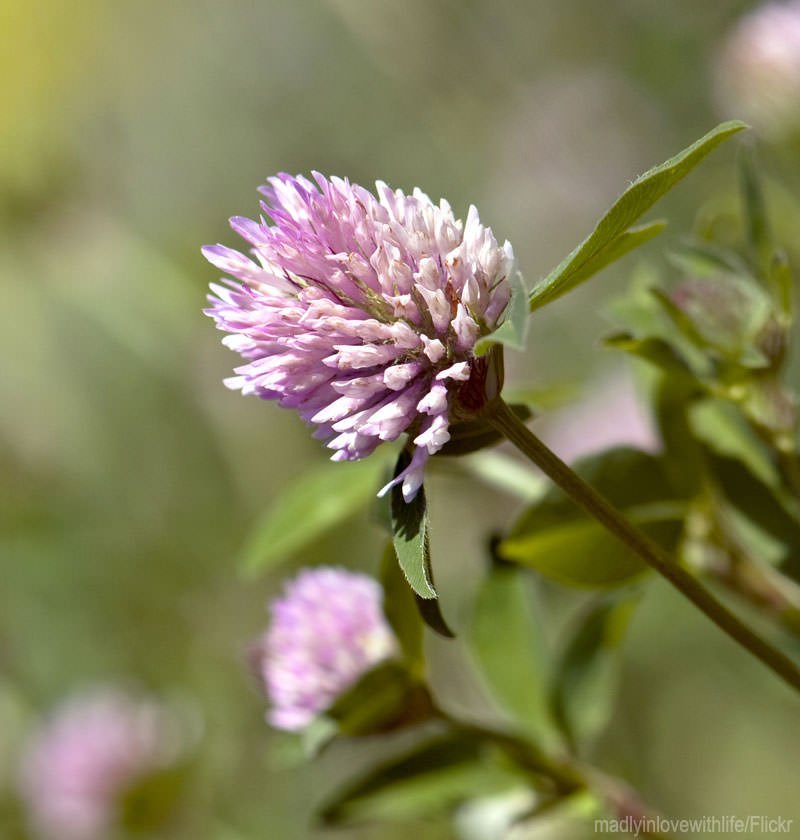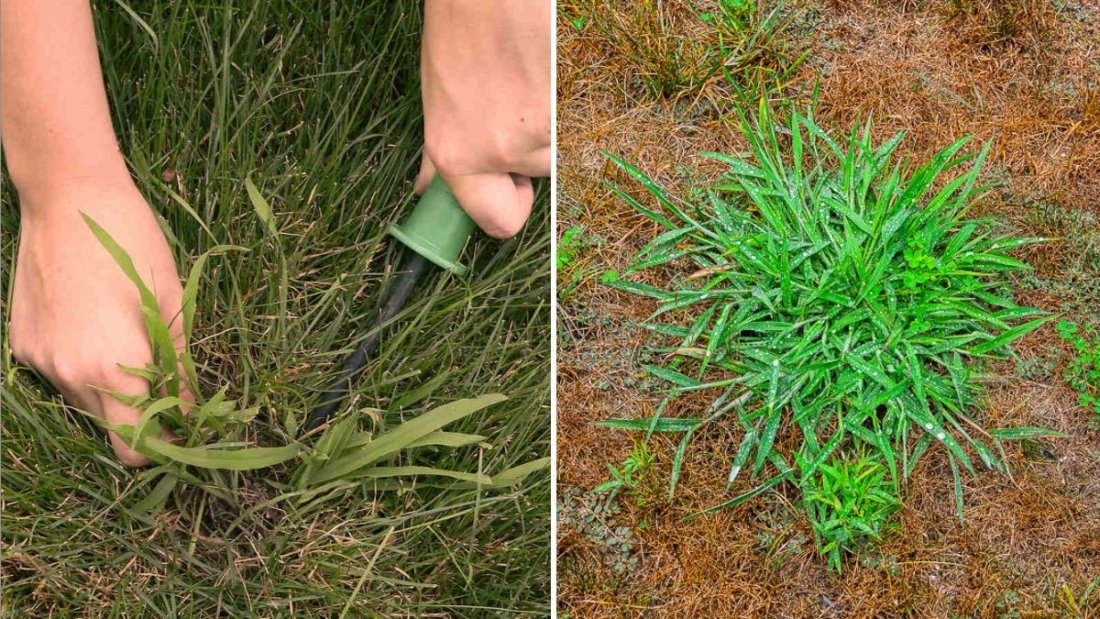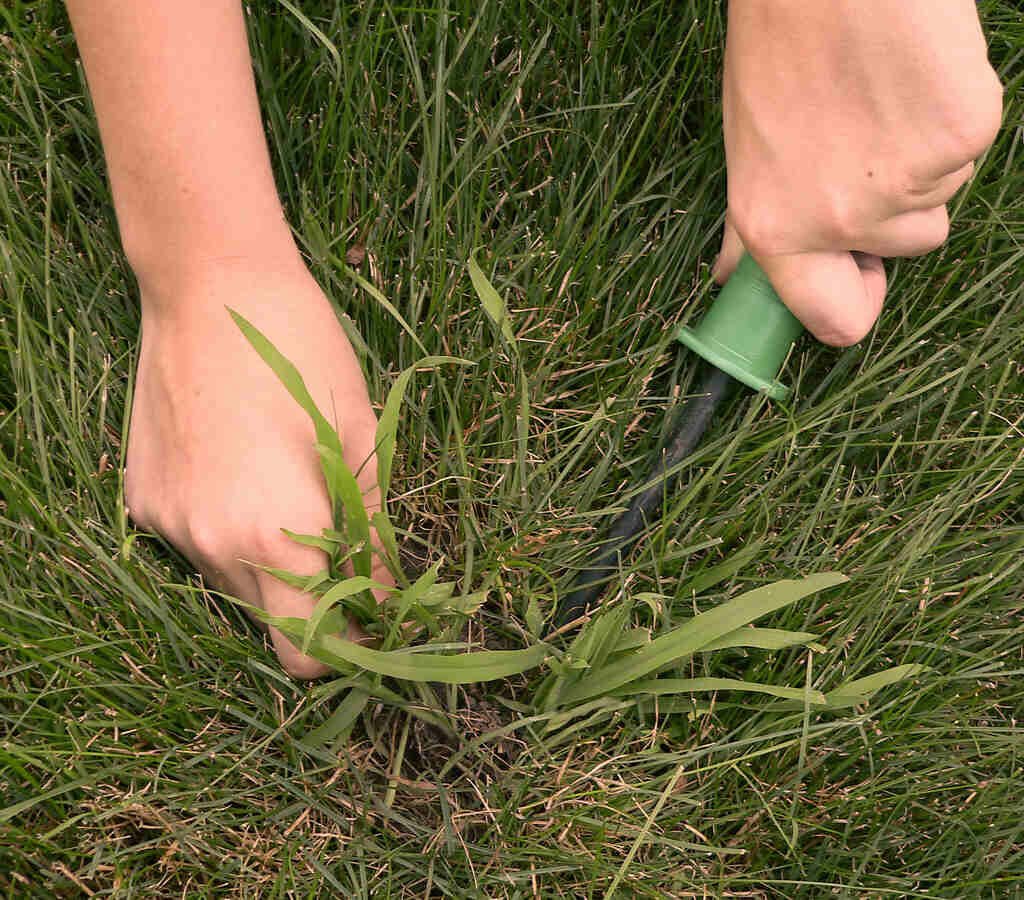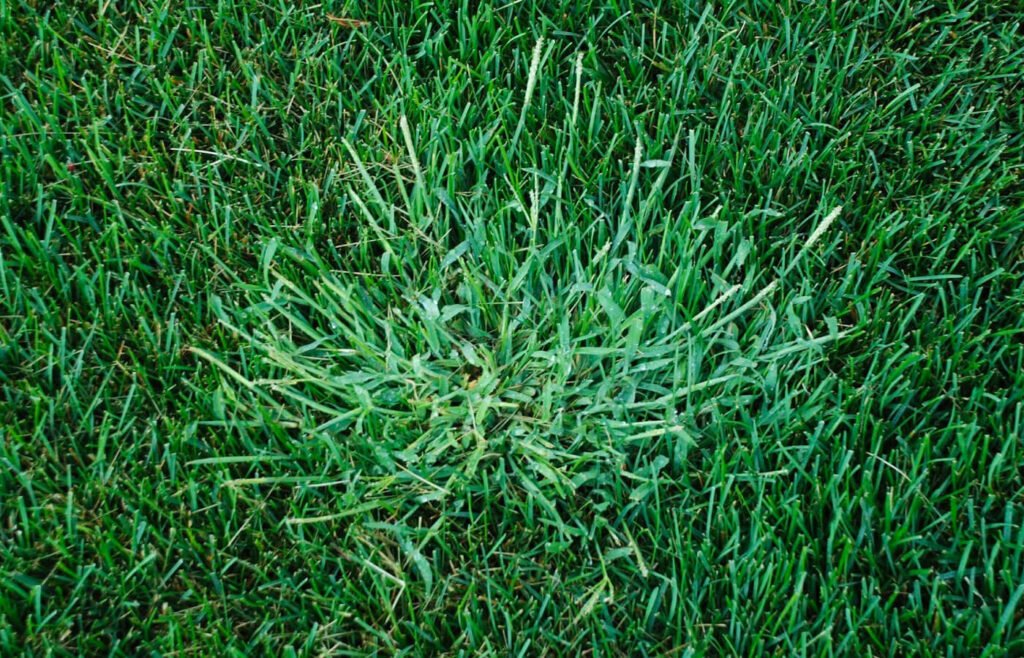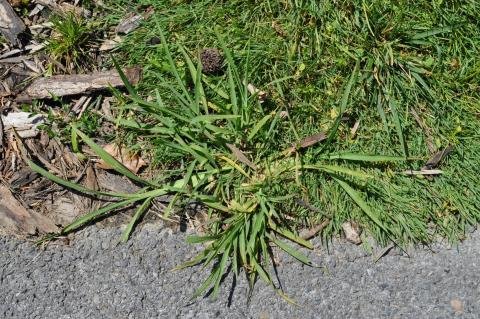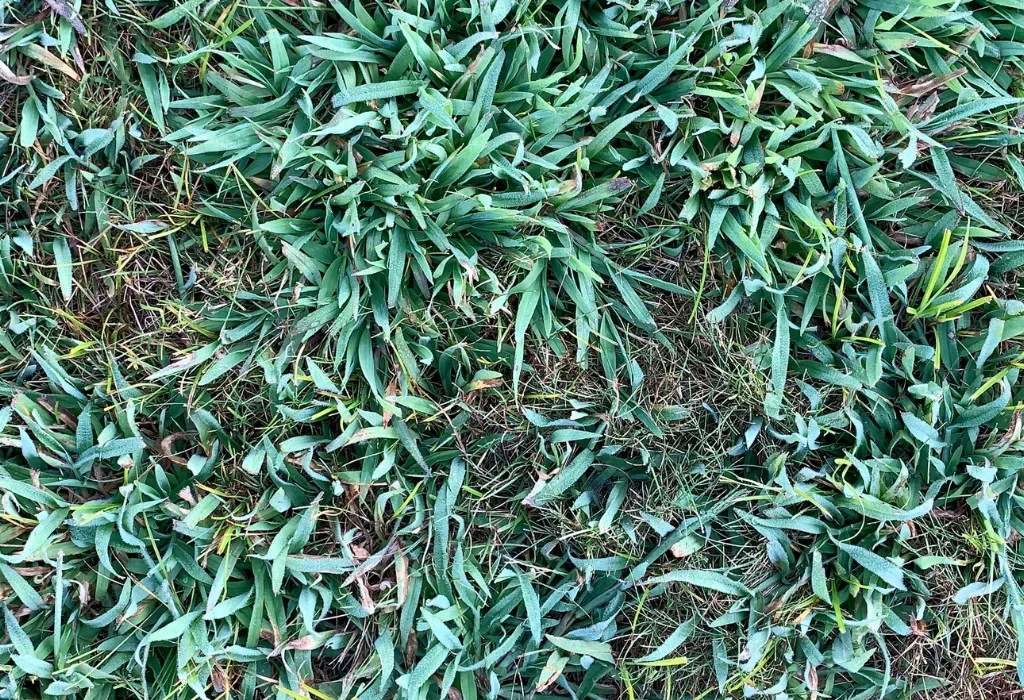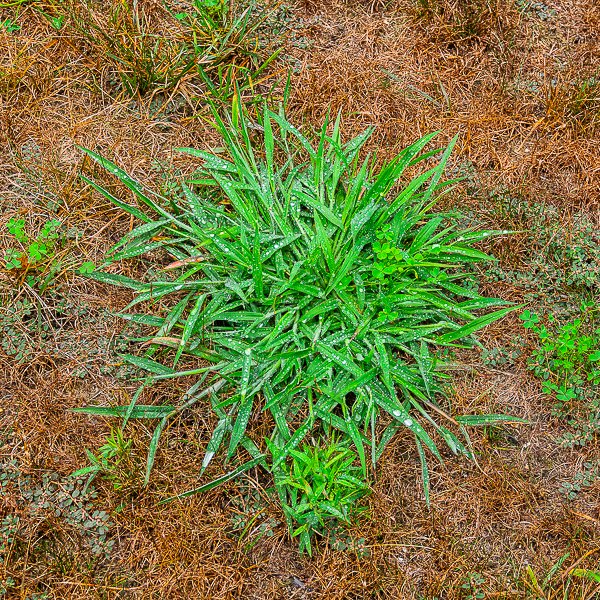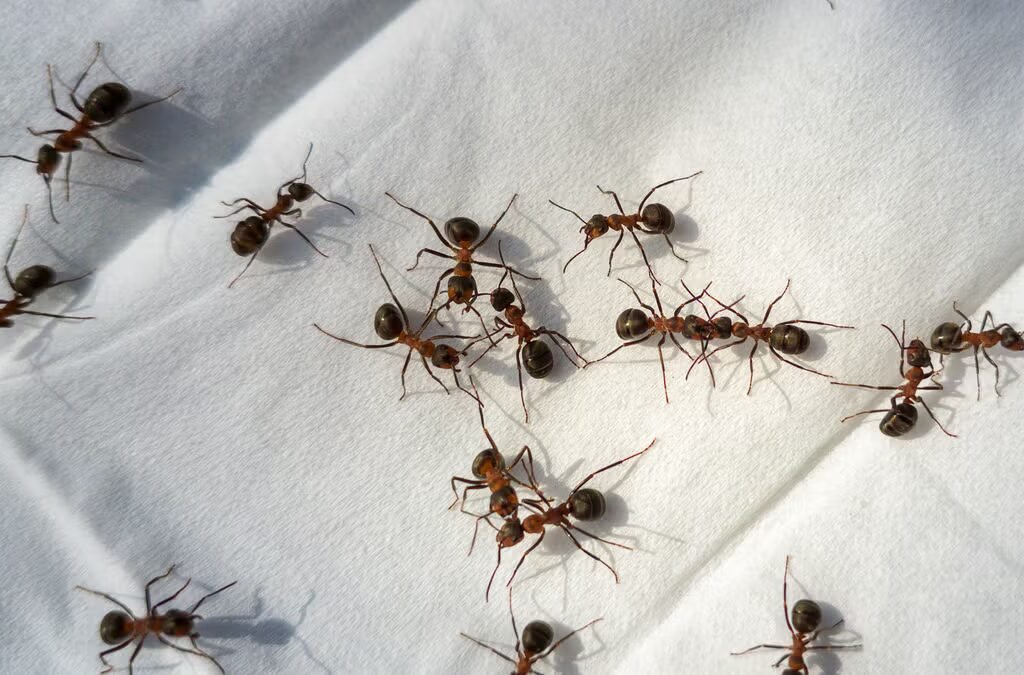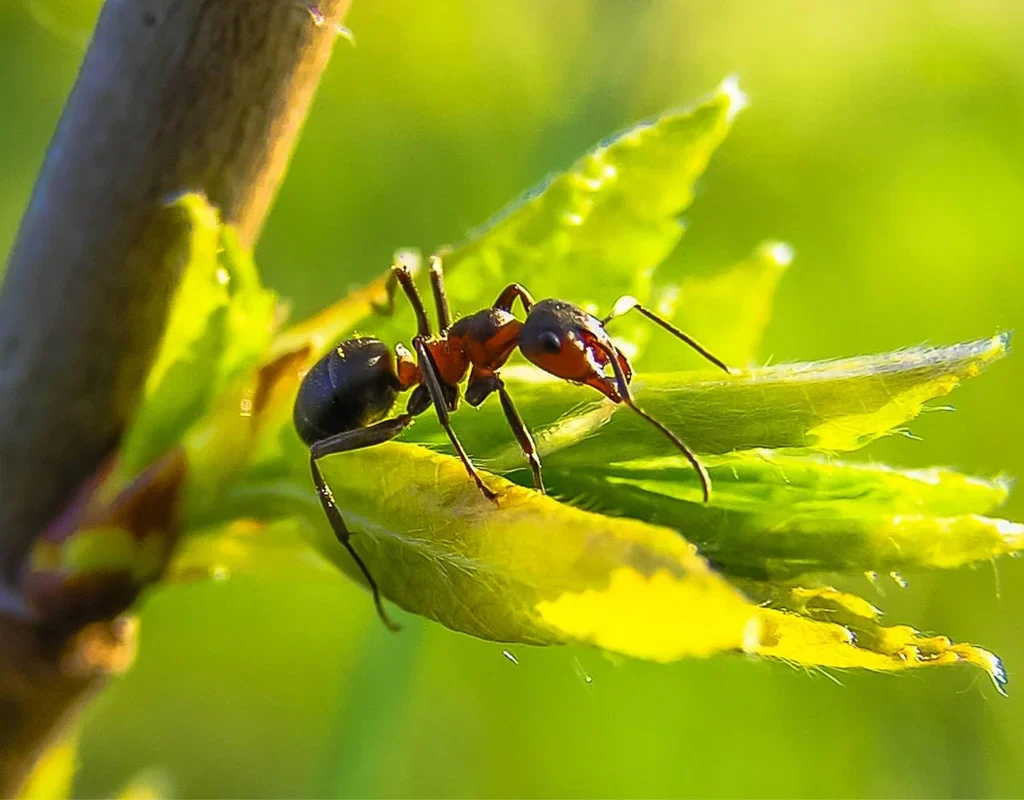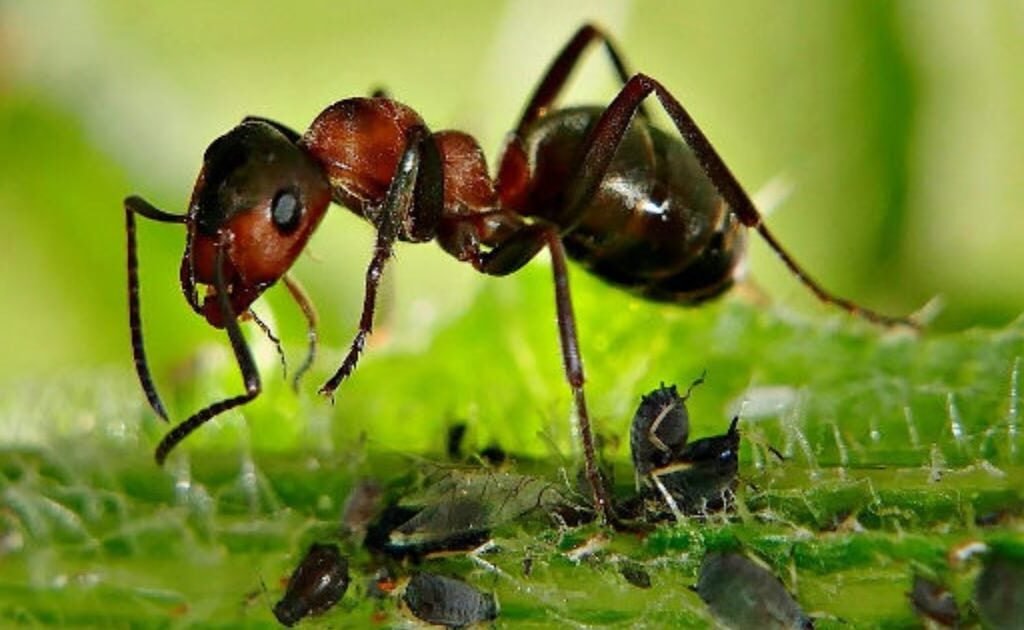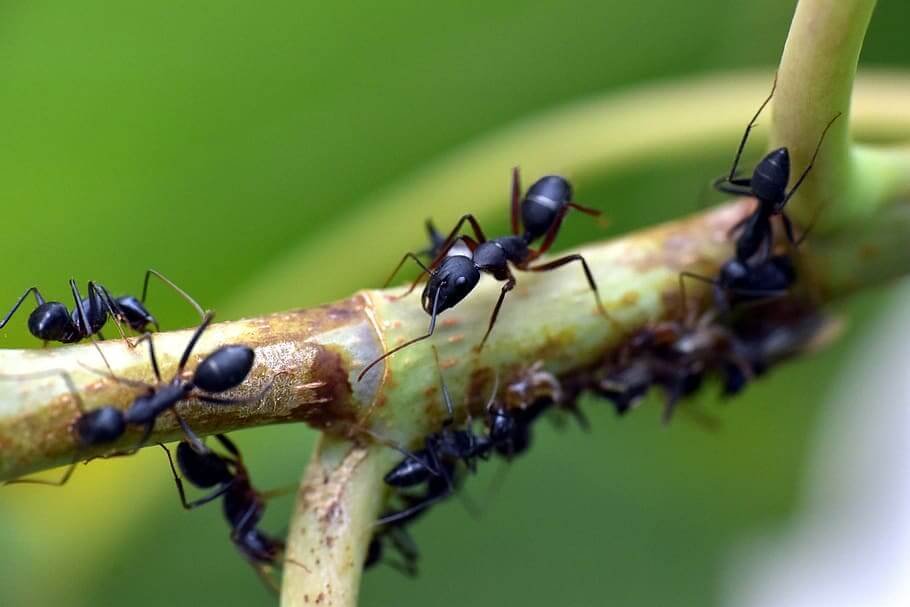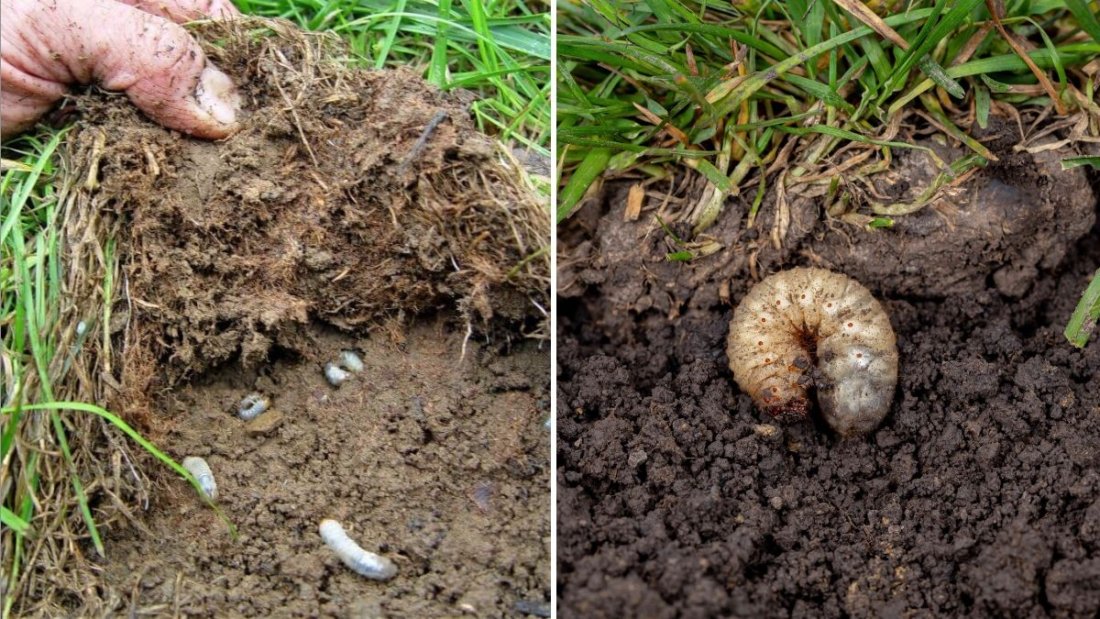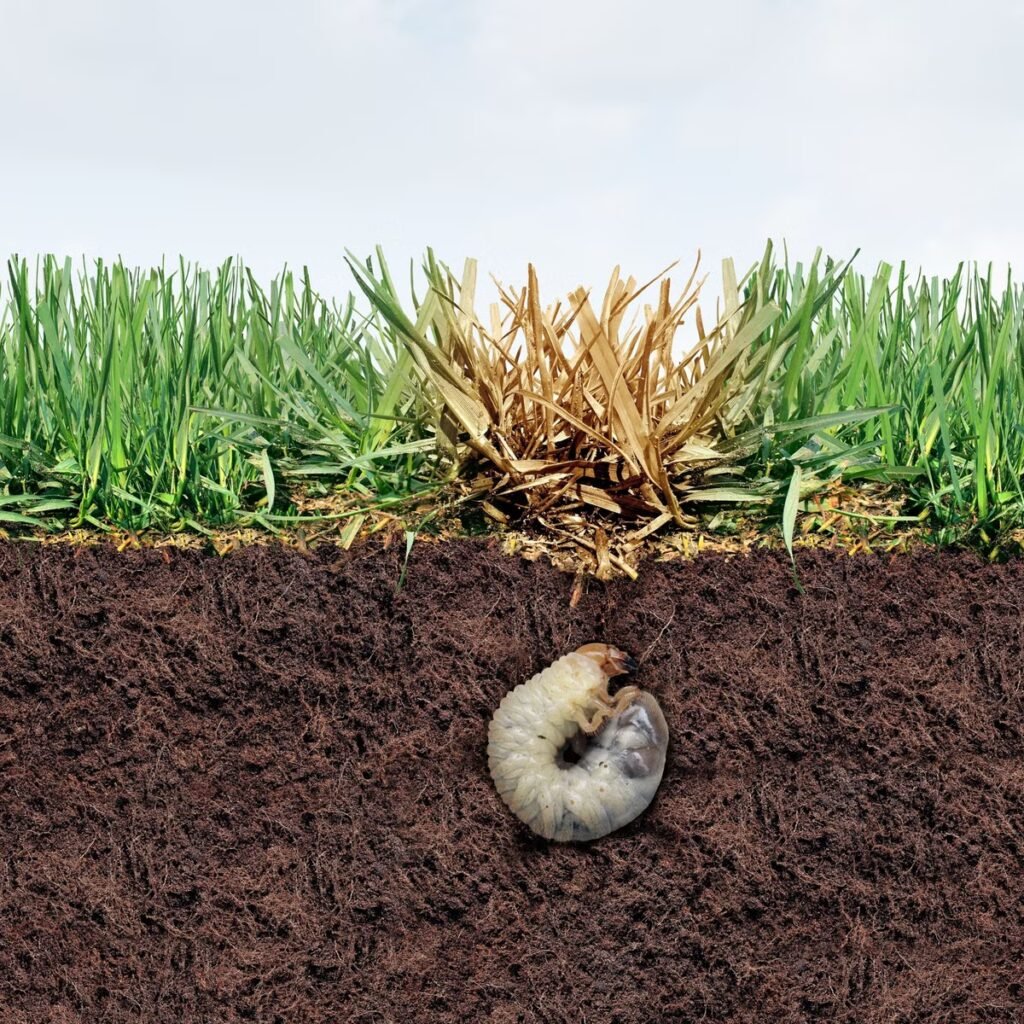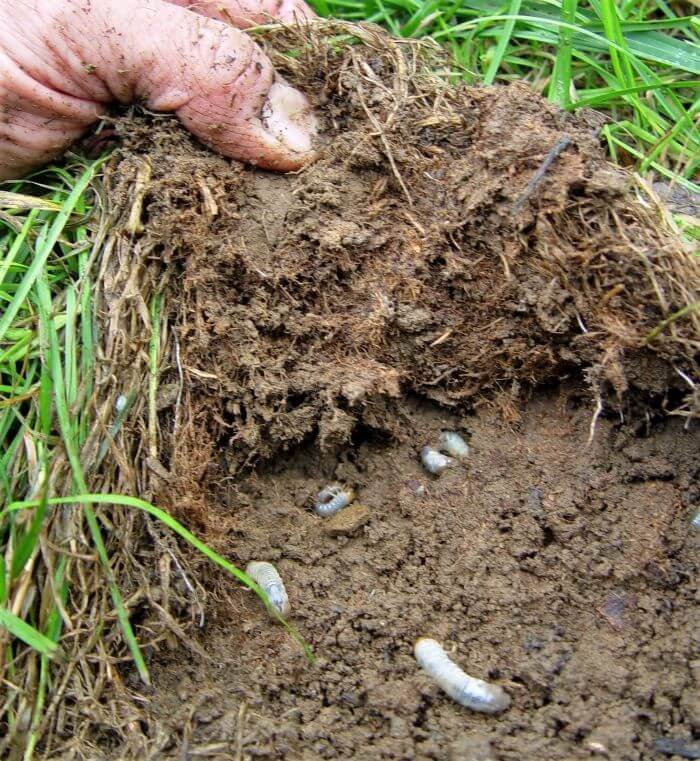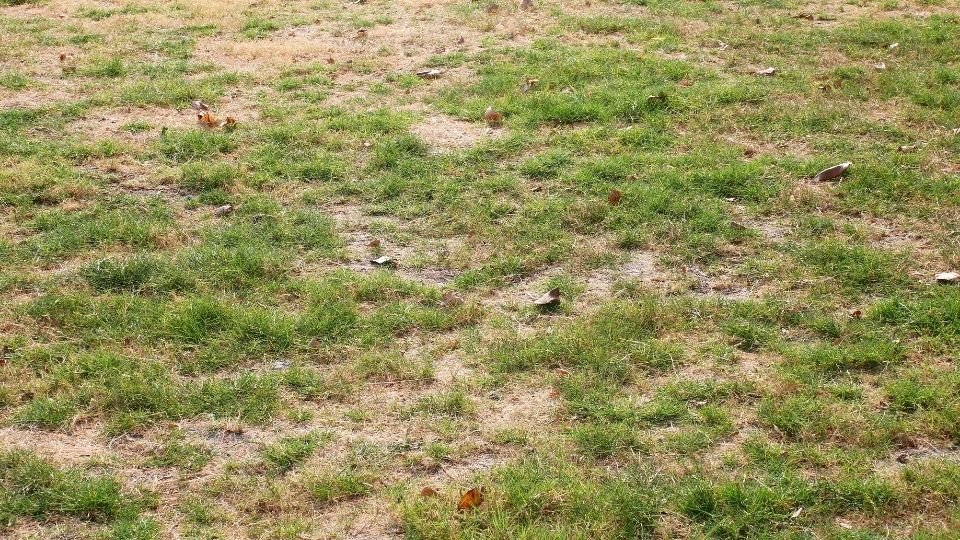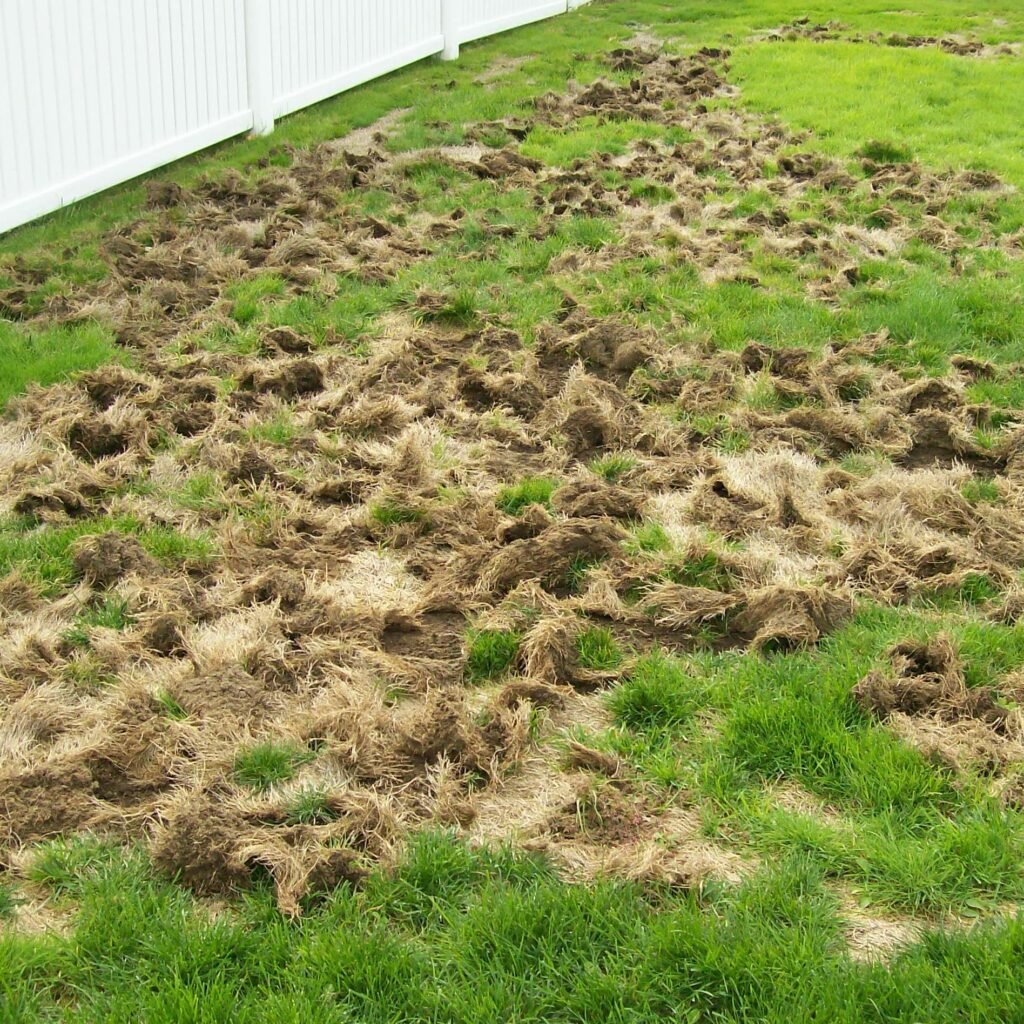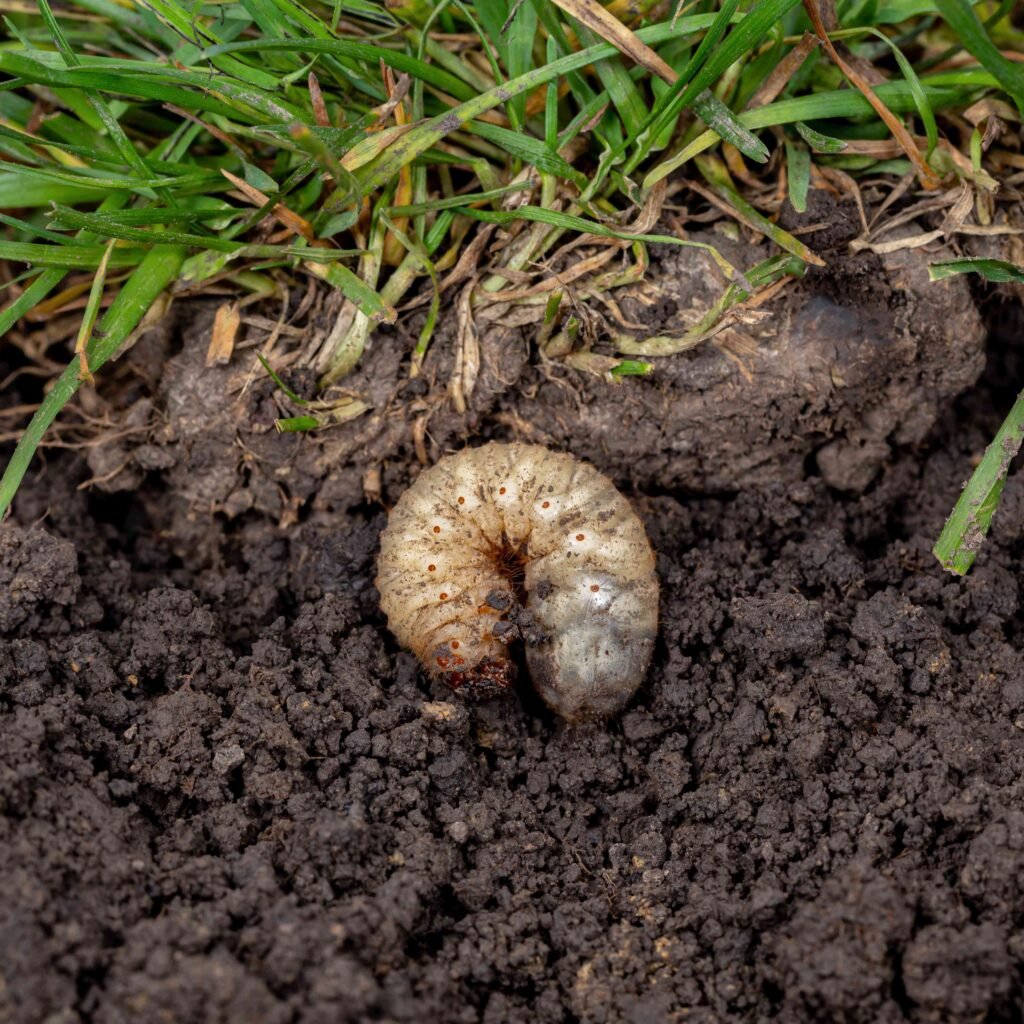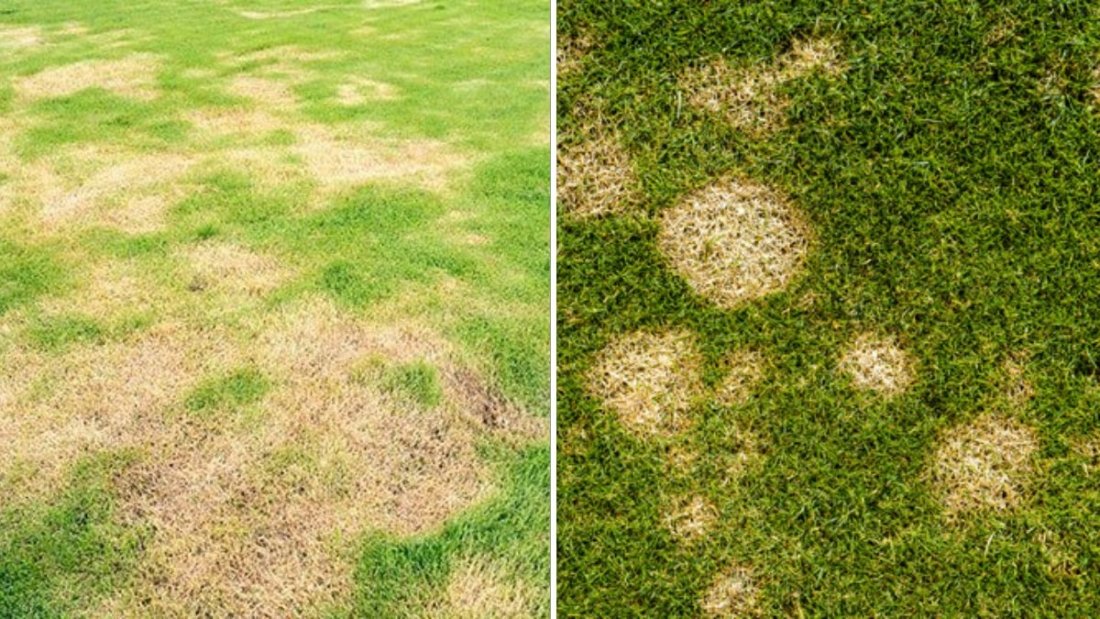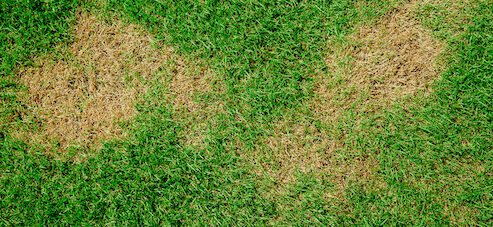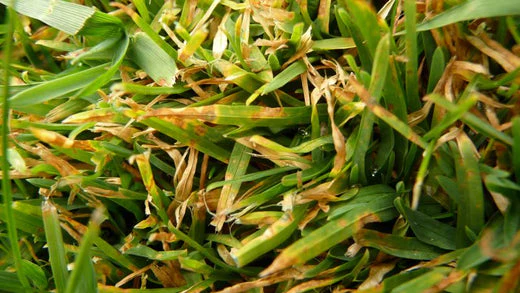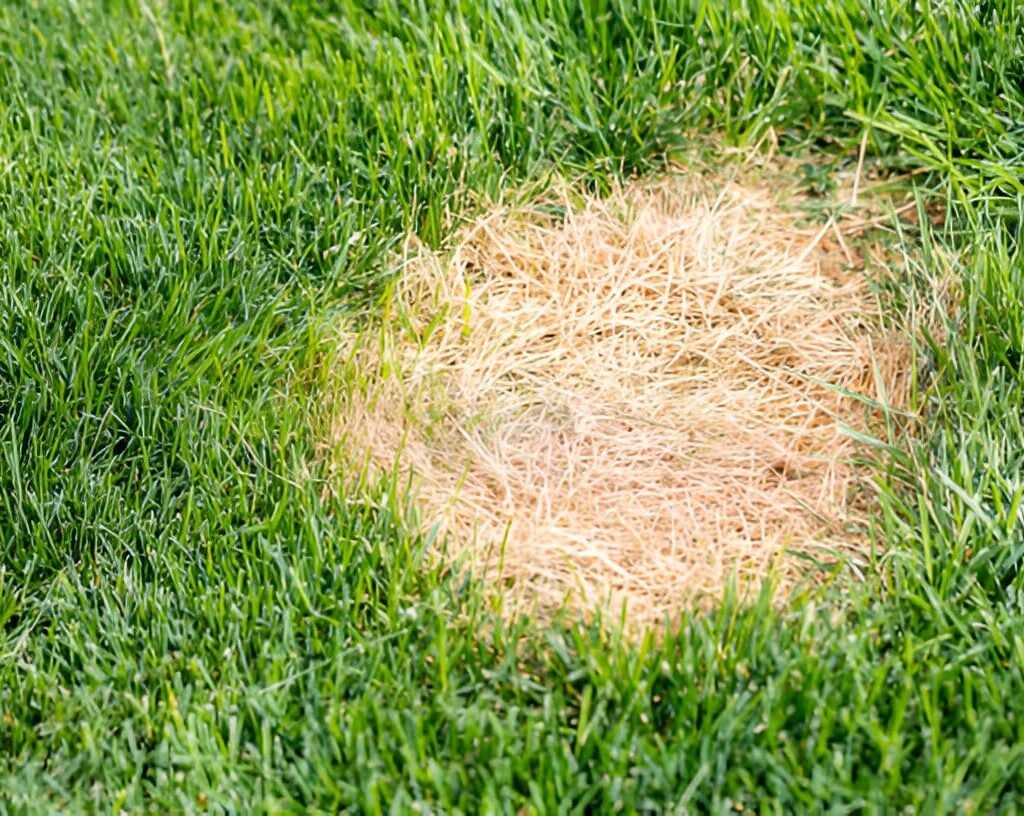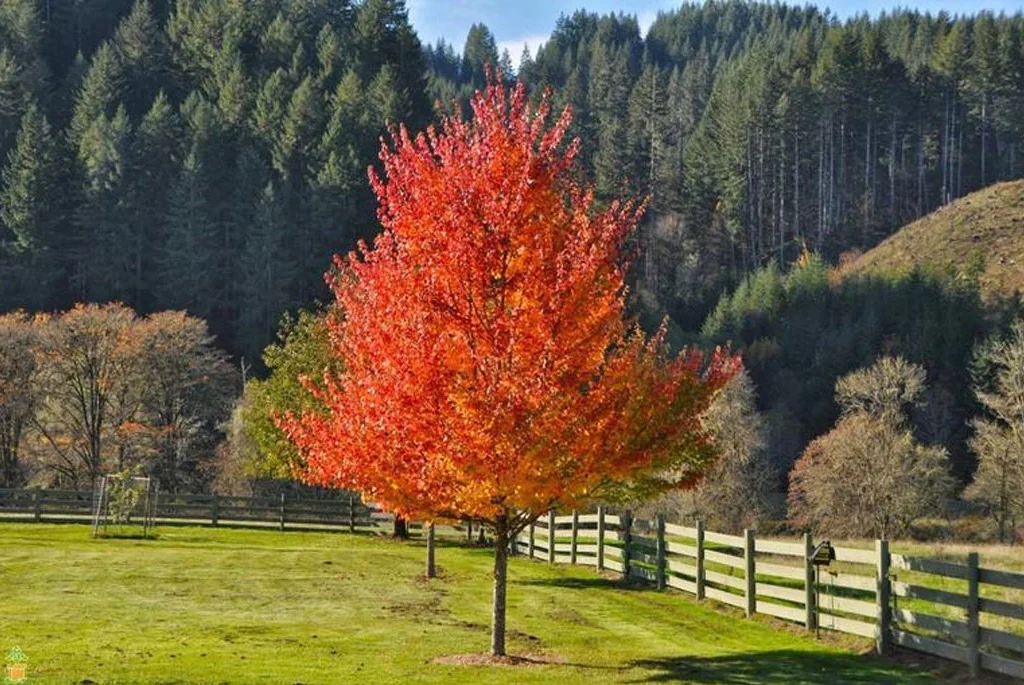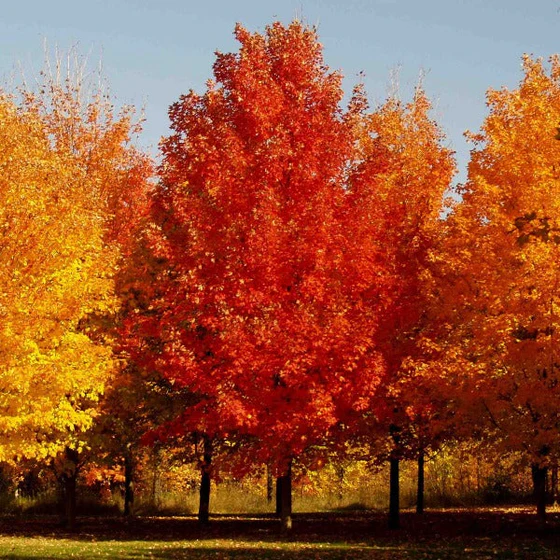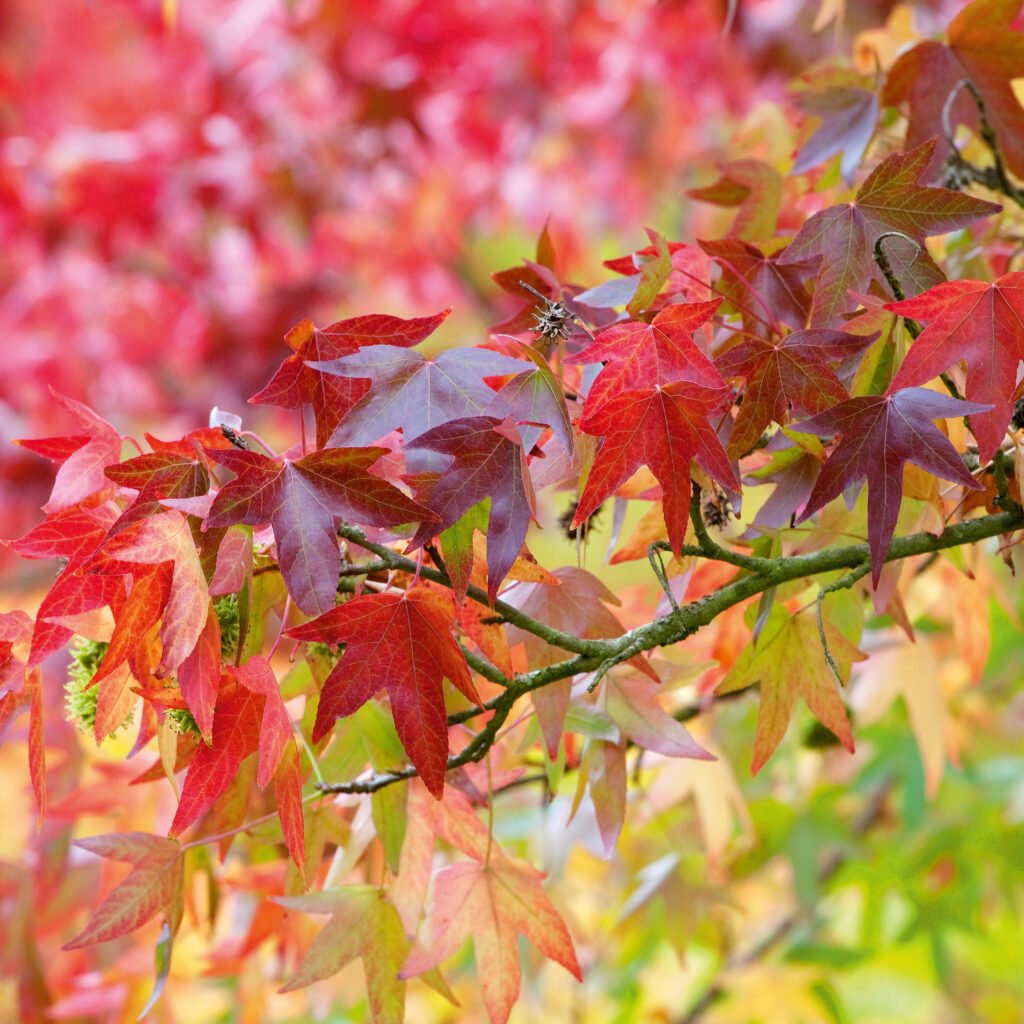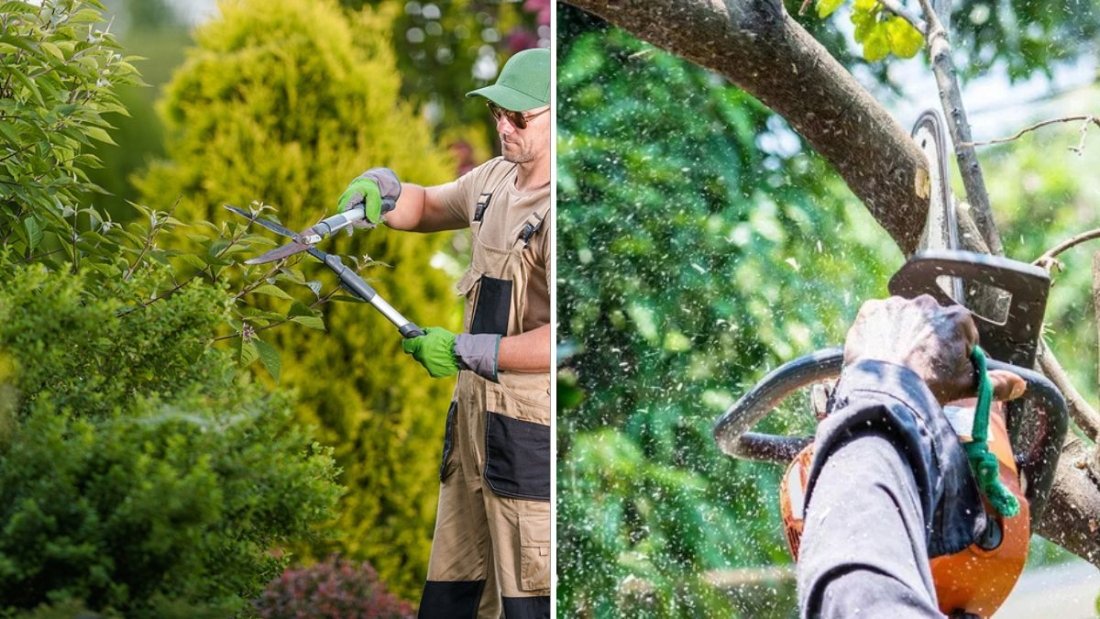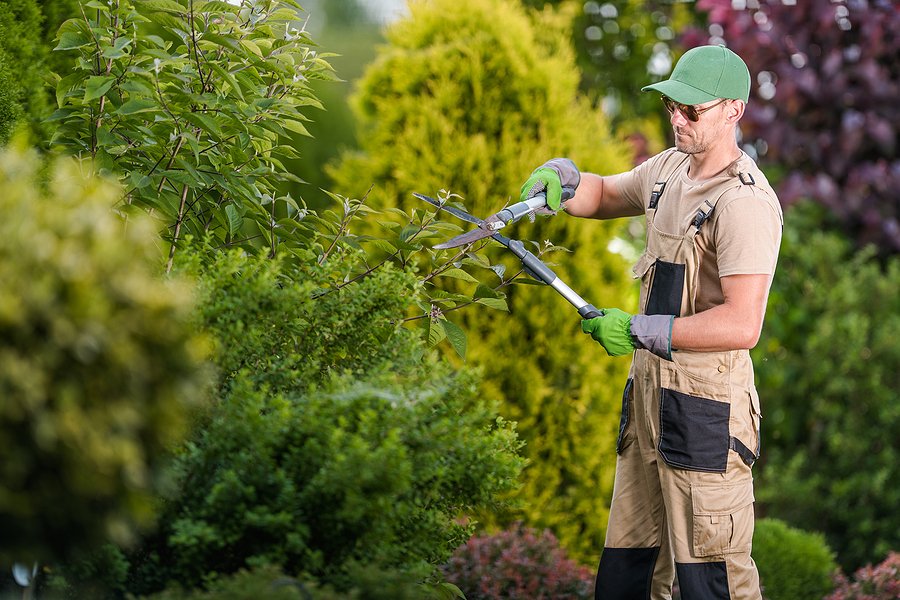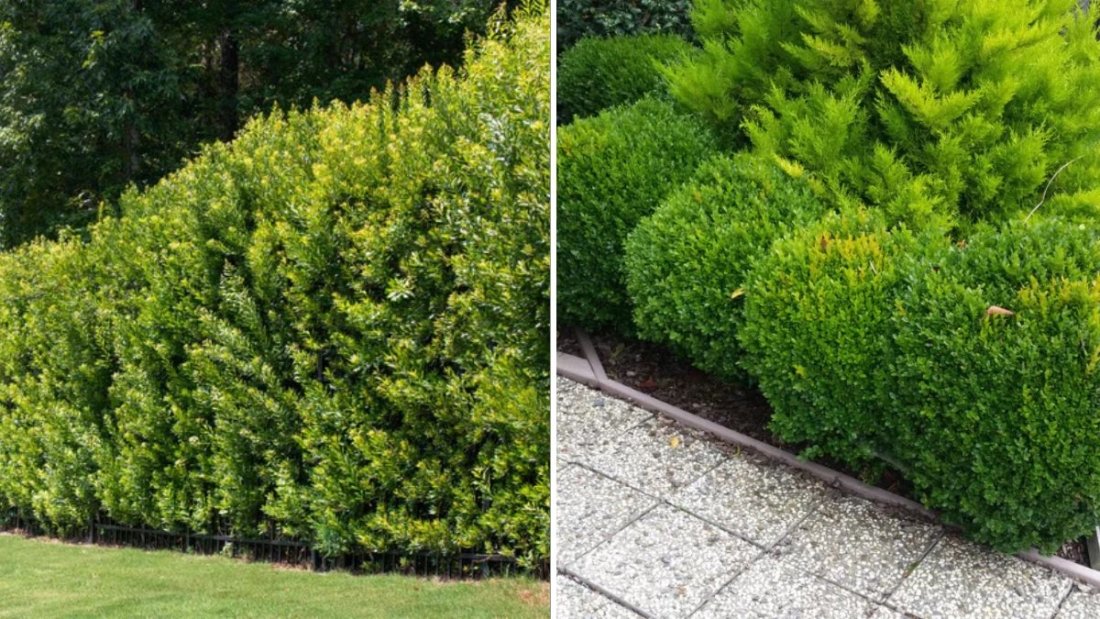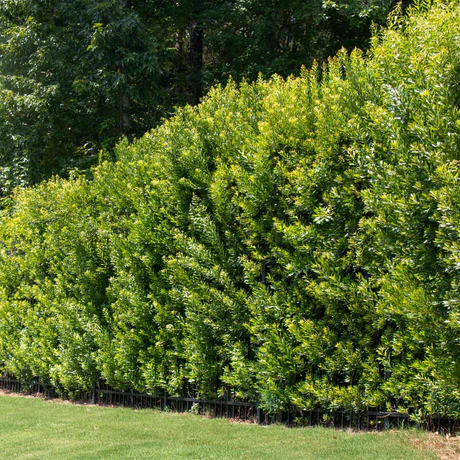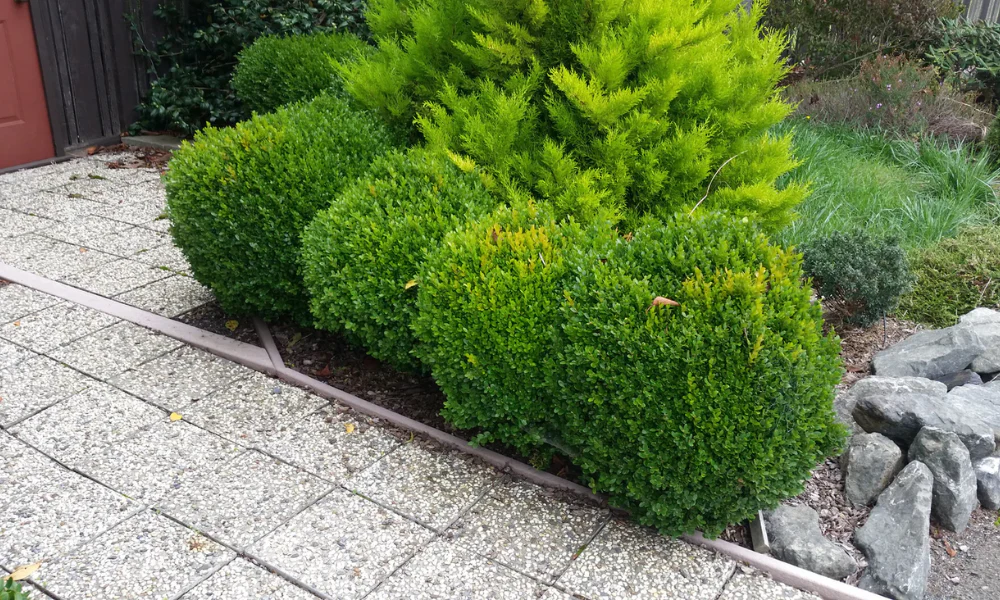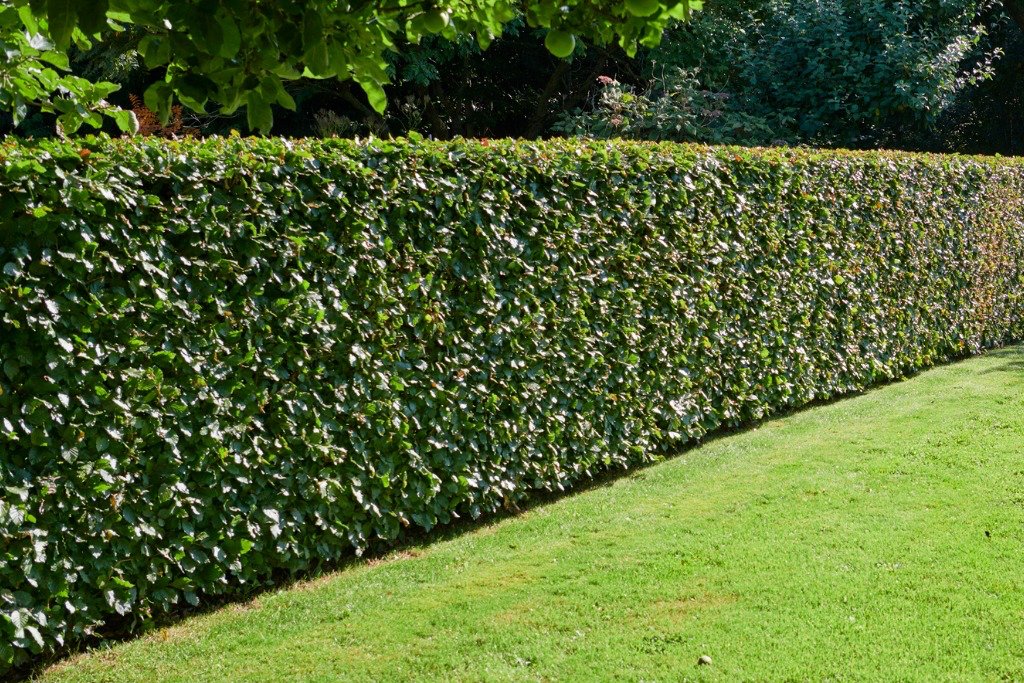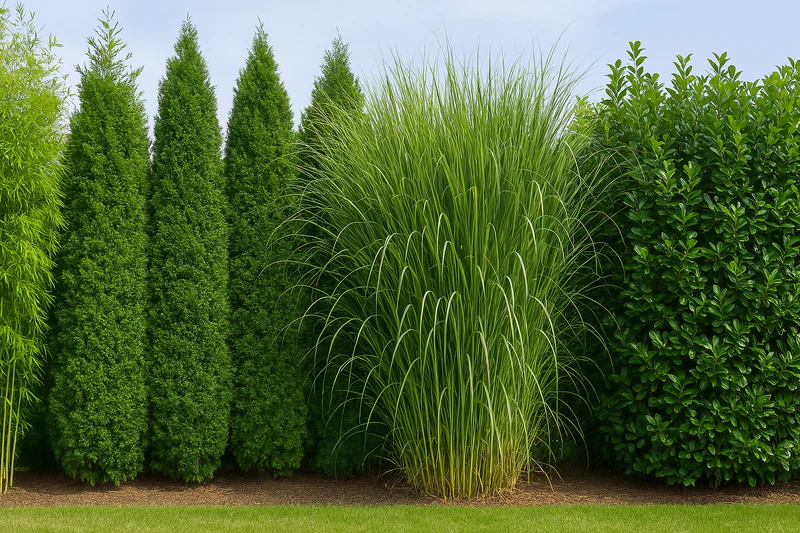If you’ve ever walked into your garden only to find your beloved plants munched down to stubs, you’re not alone. Deer are graceful creatures, but when it comes to your garden, they can be persistent, destructive, and frustratingly hard to deter. Fencing is the most effective way to keep deer out, but it’s not always practical—especially for large properties, front yards, or areas with HOA restrictions.
The good news is, you can protect your plants without building a fence. With the right combination of natural deterrents, strategic planting, and behavior-changing tactics, you can make your garden far less appealing to hungry deer. This article explores science-backed, humane, and sustainable methods to keep deer away from your plants—no fencing required.
Understanding Deer Behavior
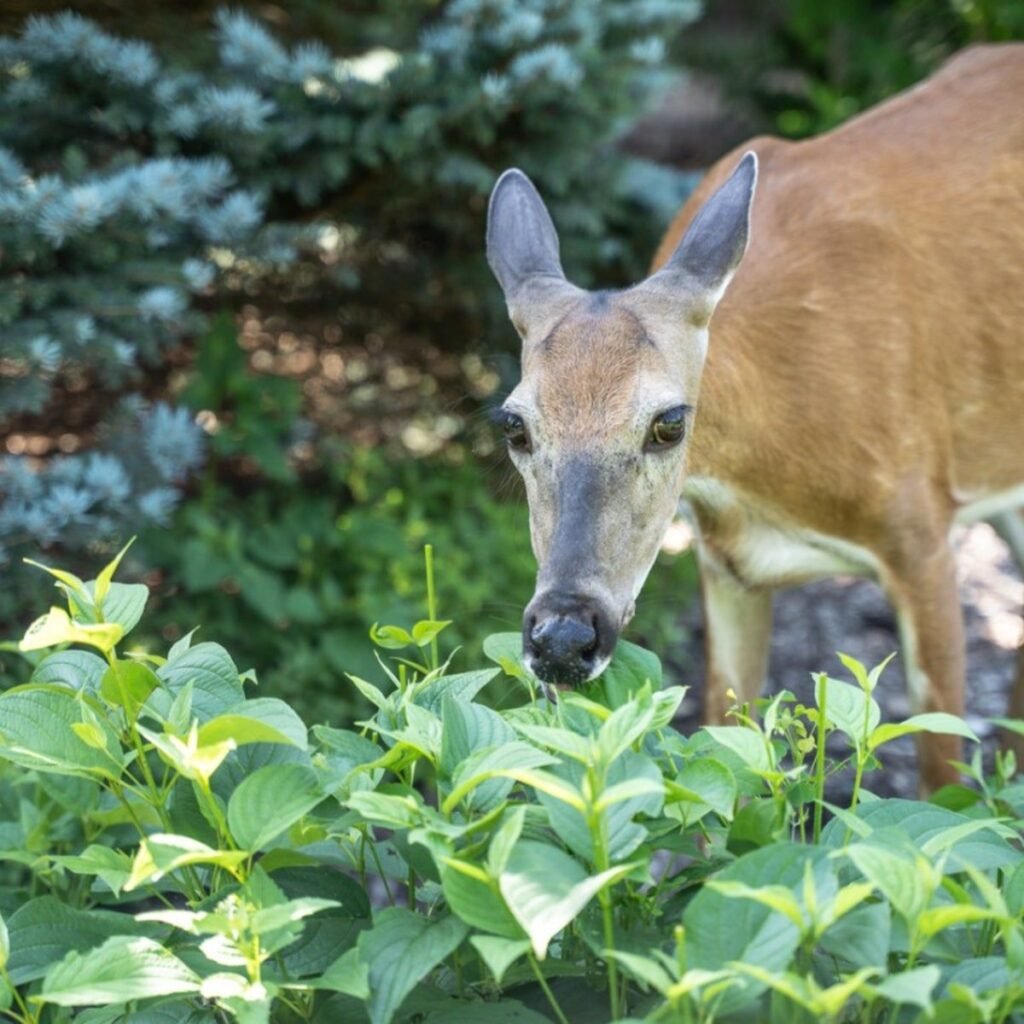
Before we dive into the solutions, it’s important to understand why deer eat your plants:
- Seasonal hunger: In spring and fall, food can be scarce in the wild. Tender garden plants are an easy target.
- Habit and memory: Deer return to places they’ve fed before, especially if they weren’t discouraged.
- Scent and texture: Deer prefer plants that are soft, juicy, and low in strong scents.
Deer are creatures of habit, so your goal is to break their routine by making your garden less appealing and more confusing to them.
1. Use Deer-Repellent Plants as Natural Barriers
One of the easiest ways to deter deer is to surround your prized plants with species that deer tend to avoid due to scent, taste, or texture. These “deer-resistant” plants can act like a natural forcefield around your vulnerable plants.
Examples of Deer-Repellent Plants:
- Lavender: Strongly scented and woody.
- Russian Sage: Fuzzy leaves and a pungent odor.
- Rosemary and Thyme: Aromatic herbs deer dislike.
- Boxwood: Bitter and unpalatable.
- Daffodils and Foxglove: Contain toxins that deter deer.
Pro Tip: Create a perimeter ring of these plants around more desirable vegetation. Even if deer pass through your yard, they’re less likely to continue deeper into the garden.
2. Apply Natural and Commercial Deer Repellents
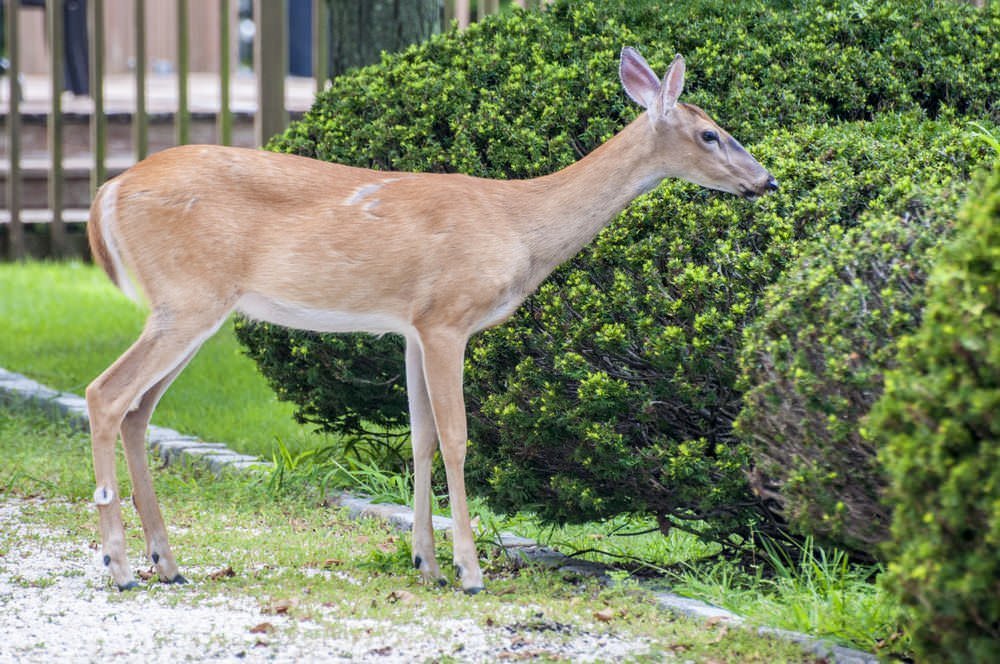
Deer repellents work by using smells or tastes that make your plants unpleasant to eat. Many are eco-friendly and can be made at home or bought from garden centers.
Types of Repellents:
Scent-Based Repellents:
- Garlic or rotten egg-based sprays
- Coyote or fox urine (predator scent)
- Essential oils like peppermint, cinnamon, or eucalyptus
Taste-Based Repellents:
- Capsaicin (hot pepper spray)
- Putrescent egg solids
- Soap bars (Irish Spring) grated and spread near plants
DIY Recipe:
Mix the following and spray every 7–10 days:
- 1 egg
- 1 tablespoon dish soap
- 1 tablespoon garlic powder
- 1 quart of water
Let sit overnight, strain, and apply using a garden sprayer.
Tip: Change up your repellents regularly—deer can get used to a single scent over time.
3. Motion-Activated Deterrents
Deer are skittish by nature. Sudden movement, noise, or light can scare them off—especially at night or in low-light conditions.
Effective Motion Devices:
- Motion-activated sprinklers (e.g., Orbit Yard Enforcer): Surprise deer with a harmless spray of water.
- Ultrasonic repellent devices: Emit high-frequency sounds only deer can hear.
- Flashing LED lights or strobe lights: Create confusion and make deer uneasy.
Place these deterrents in high-traffic deer areas, especially along known entry paths or near vulnerable plants.
Bonus: These devices often deter raccoons, rabbits, and squirrels, too.
4. Try Scent-Masking Techniques

Deer rely heavily on their sense of smell to identify safe food. You can use this against them by overwhelming the air with strong, confusing scents.
Effective Scent Maskers:
- Strong-smelling herbs (mint, oregano, chives)
- Companion planting of garlic or onions around flowers
- Human scent markers: Place hair clippings, worn socks, or bars of scented soap around your garden.
- Fabric softener sheets: Tie to stakes to blow in the wind.
Tip: Change positions weekly so deer don’t learn that these scents don’t pose a real threat.
5. Use Decoys and Visual Deterrents
Deer are cautious animals, and unfamiliar sights can keep them away—especially if they appear to move.
Common Visual Deterrents:
- Scarecrows: Move or dress them differently every few days.
- Mylar balloons: Reflect light and sway in the wind.
- Pinwheels or wind chimes: Add both motion and sound.
- Fake owls or predator statues: Move them weekly to new spots.
Note: Deer are smart. If a decoy never moves or makes noise, they’ll eventually ignore it—so rotate and refresh regularly.
6. Elevate or Isolate High-Value Plants

Deer typically graze at head and shoulder height. You can protect vulnerable plants by raising them out of reach or placing them in less accessible spots.
Strategies:
- Use raised beds or tall containers for flowers and vegetables.
- Plant prized shrubs closer to the house, where deer are less likely to venture.
- Create plant islands surrounded by less appetizing groundcovers.
7. Practice Seasonal Timing and Rotations
Deer feeding habits change with the seasons. Early spring and late fall are when they’re most aggressive due to food scarcity. Adjust your garden plans accordingly.
Timing Strategies:
- Avoid planting deer-favorite annuals (like tulips, hostas, or roses) early in spring without protection.
- Delay planting fruit trees or vegetables until natural forage is abundant.
- Rotate annual plantings to break deer feeding patterns.
8. Mulch with Deer-Repellent Materials
Surrounding your plants with unpleasant-smelling mulch can deter curious deer from stepping too close.
Repellent Mulch Options:
- Pine needles: Sharp texture.
- Crushed eggshells: Uncomfortable to walk on.
- Cedar chips: Strong-smelling and unattractive to deer.
You can also mix in repellent granules (available at garden stores) with mulch for added effectiveness.
9. Combine Tactics for Maximum Effectiveness
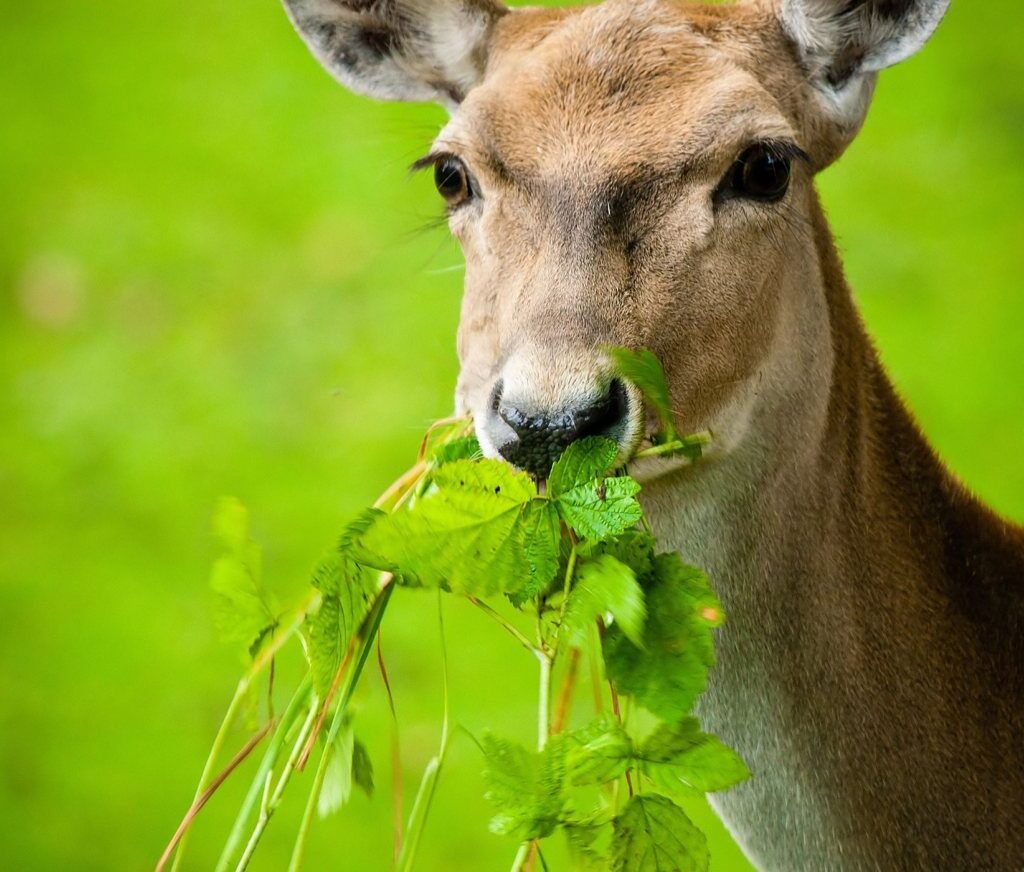
The key to long-term success is variety and unpredictability. Deer can adapt quickly to one method, but layering multiple techniques increases your chances.
Example Strategy:
- Plant lavender and rosemary around the border.
- Use a motion-activated sprinkler in the middle of the garden.
- Apply garlic spray weekly.
- Hang soap bars or wind chimes in trees.
- Use predator scent along deer trails.
Rotate and refresh your deterrents every 2–3 weeks to prevent deer from becoming desensitized.
Conclusion
Keeping deer out of your garden without a fence may seem challenging, but with a strategic, nature-friendly approach, it’s absolutely possible. By understanding deer behavior and using a combination of scent, sound, sight, and plant choice, you can make your yard an uninviting buffet.
The goal isn’t to harm deer—but to train them to go elsewhere. With a little effort and creativity, you can protect your garden, preserve your hard work, and enjoy a beautiful, deer-free landscape.





